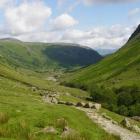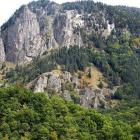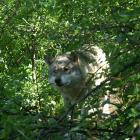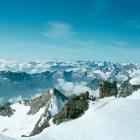A Language Without Wilderness—Italian
This part of the “Wilderness Babel” exhibition, written by historian Luigi Piccioni, comes to the assumption that all the various possible Italian translations of “Wilderness Babel” are unable to transmit this synthesis of natural phenomena and human visions.
































